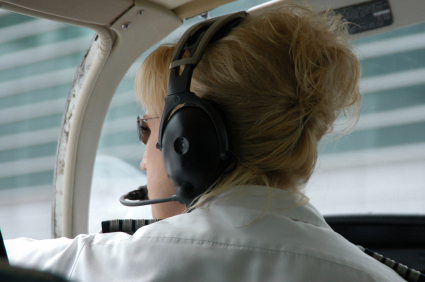In our first post in this three-part series about chief pilots, co-author Jim Lara and I shared the four key leadership traits required of a great chief pilot. Next, we’re delving into specifics regarding finance, performance metrics and measurements.
Understanding the Budget and Finances
While the primary responsibility of the chief pilot does not traditionally fall into the financial arena, it’s important that one develops a solid understanding of the aviation department’s budgets – both the operating and capital budgets, especially if he/she wants to be considered for the director of business aviation role.
A successful chief pilot works alongside his/her aviation director and business manager to gain an in-depth understanding of how the department’s “spend” is influenced by flight operations. They should focus on the items that are the most material and controllable: Fuel, pilot-induced maintenance, travel costs and training. When it comes to fuel, pose these questions:
- What can be done to minimize the weighted average cost per gallon?
- What’s the organization’s present performance?
- What are the organization’s opportunities for improvement?
Another big “spend” area is initial and recurrent flight training. Additional questions to consider:
- Are you getting the value that you expect from your training vendor?
- Is the training influenced by your pilots’ actual performance flying the line?
- What can you do to improve the real world value of the training?
Finally, a not-so-obvious area is pilot-induced maintenance costs. A leading chief pilot will partner with their director of maintenance and crew chiefs to identify key areas of opportunity, and then implement corrective action steps.
Metrics and Doing More with Less
It’s been said that what gets measured, gets improved. Metrics are tools that help you and your team focus. Discuss performance metrics with those who are doing the performing as well as those who are evaluating the performance. Know the specific performance measurements and how the recipient of the executive travel service assesses qualityand value.
Keep in mind the three fundamental axioms of metrics:
- Measure what matters most, generally “the vital three.”
- Always ask, “so what?” Why does that item matter—and more importantly, to whom does it matter?
- And finally, “relative to what?” This puts the metric in context. This is what makes it relevant to the performance of the organization and provides a basis for comparison.
Within the aviation organization, especially in light of today’s highly competitive economy, there’s always a drive to do more with less. Effective multi-tasking is evidence in the pilot ranks that he/she can handle all of the collateral duties without adding to headcount, and while maintaining a sane work/personal life balance.
An effective aviation department will also leverage the advances in technology to reduce the administrative burden and lessen their consumption of the host organization’s IT resources. This in and of itself could be its own blog post!
Often times, the chief pilot becomes the day-to-day “executive officer” of the aviation organization, similar to that of a chief operating officer (COO), and the one who is translating the business imperatives into concrete action. Thus, exposure to corporate or the high-net-worth individual owner can be very significant. The chief pilot is alwaysa collaborator with the director. Additionally, it’s important that the director is an advocate by including the chief pilot in senior level meetings and helping him/her develop their leadership skills.
What’s most important is that both the chief pilot and director are given the tools, training and support they need to better the organization at large, while simultaneously pursing their individual career tracks.
About Jim Lara
Combining his 40+ years as a 12,000-hour pilot with his corporate leadership experience, Jim Lara speaks both the language of business and of business aviation. As the principal of Gray Stone Advisors, a business aviation advisory firm, Jim and his team help business aviation leaders develop into high-performing individuals and teams. They then help align those teams with their host company’s goals, and enable operations to regain stability, traction and profitability. Jim can be reached at jlara@graystoneadvisors.com or 1-865-357-5077. You can learn more about leadership and speaking the language of business by reading the Gray Stone Advisors blog.

